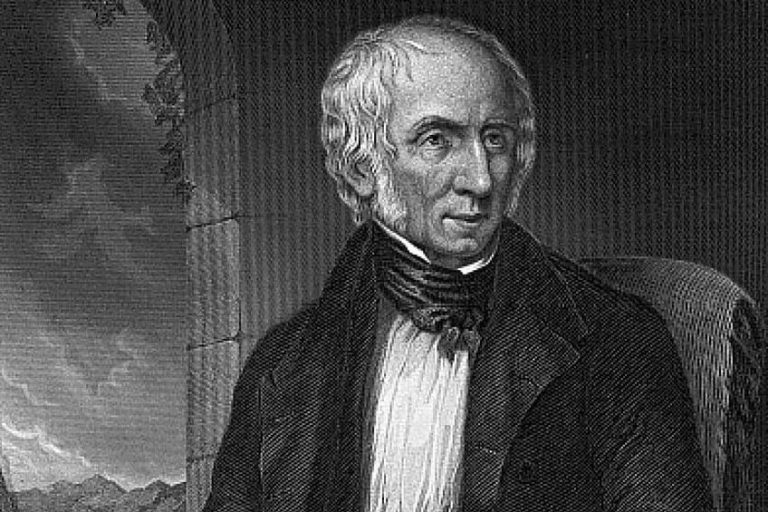William Shakespeare – A Biography of William Shakespeare
William Shakespeare (1564 – 1616) once wrote, “Write till your ink be dry, and with your tears, moist it again, and frame some feeling line, that may discover such integrity.” William Shakespeare is undoubtedly the most famous name in English literature, having contributed plays, poems, and other writings which have stood the test of time, not to mention having filtered into our everyday phrases. In the following article, we will dive into discovering who this man was by discussing the biography of William Shakespeare, and what made him great.
Some Quick Facts About William Shakespeare
Before we dive into the details about this iconic writer in history, let us take a look at a few popular facts.
- When was William Shakespeare born? He was born on the 26th of April.
- Where was William Shakespeare born? The town of Stratford-upon-Avon, Warwickshire was his birthplace.
- When did William Shakespeare die? He passed away in April 1616 in the same town where he was born.
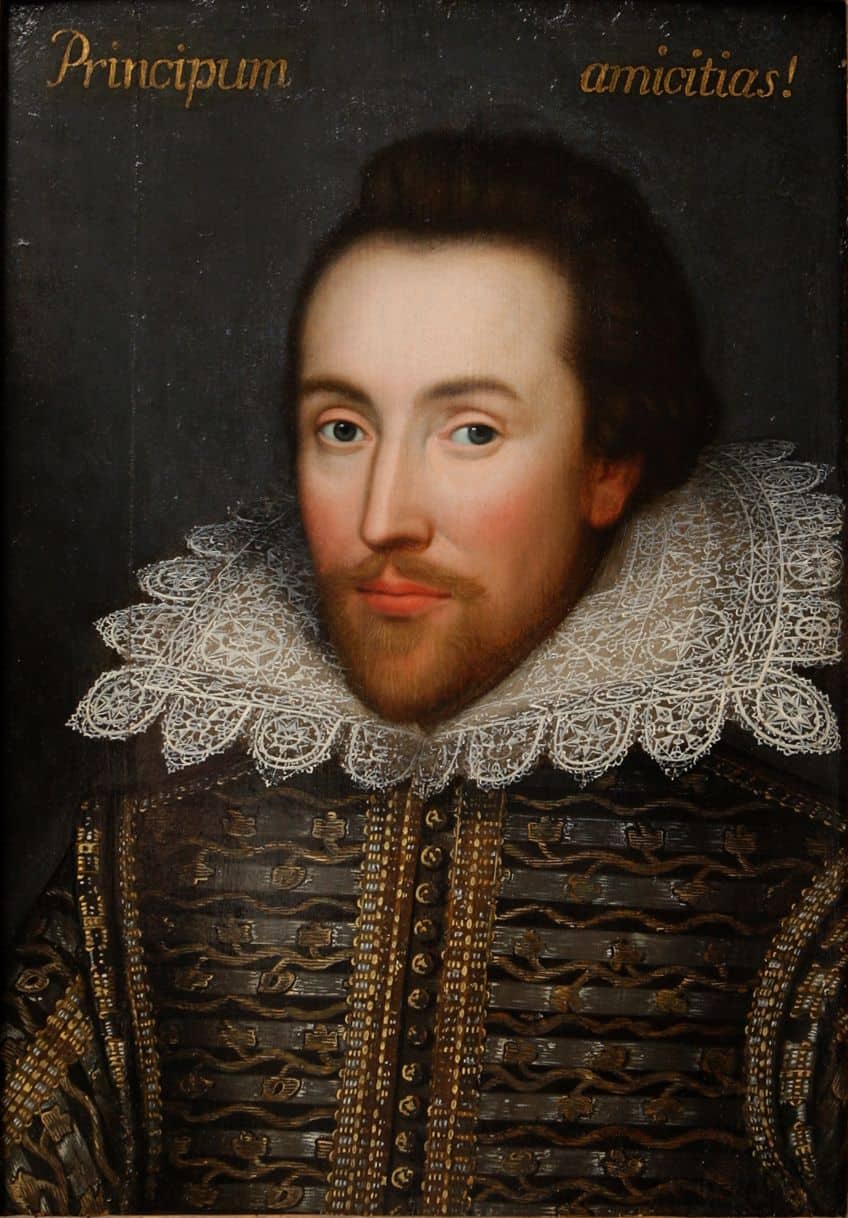
- How many works did William Shakespeare write? His works include 154 sonnets, two narrative poems (as well as other poems), and 38 plays.
- What was Shakespeare’s real name? Gulielmus Shakespeare was the name recorded at Shakespeare’s baptism in 1564. Gulielmus is Latin and means William in English, and he was referred to as William Shakespeare by most of his contemporaries. In addition, ‘Will’ was what he called himself in his poems.
Who Was William Shakespeare?
An English poet, actor, and playwright during the Jacobean and Elizabethan periods of British theater, Shakespeare’s writings are his lasting legacy and millions of people around the world still enjoy his poems and plays as many of the themes are still relevant today and resonate with people. He shows a deep understanding of human nature through each of his characters and because the stories that he produced are so timeless, they have formed the basis for many movies and novels.
Unfortunately, there is no surviving written record of William Shakespeare’s physical appearance, and there does not seem to be any evidence suggesting that a portrait was ever commissioned by him.
However, there is the Droeshout engraving (1623), which is the frontispiece for the page of the First Folio collection of plays. This engraving is a portrait of him that was produced by Martin Droeshout, and is one of two works that definitively depicts Shakespeare.

Early Life of William Shakespeare
When was William Shakespeare born? He was baptized in England in 1564 on the 26th of April. And where was William Shakespeare born? The town of Stratford-upon-Avon, Warwickshire was his birthplace, and he passed away there in April 1616. There are surviving records that can tell us about Shakespeare’s family background. His father, John Shakespeare married his mother, Mary Arden and they had eight children together, two of whom died as infants, leaving William as the eldest. John Shakespeare had a job as a glove-maker and fulfilled civic positions in the town of Stratford, becoming an important figure in the community. Because of his position, he would have been able to send his children to the local grammar school where William studied.
When William Shakespeare turned eighteen years old, he married the 26-year old Anne Hathaway and together they had three children, the first of which, Susanna was in Anne’s belly at the wedding ceremony. The two children that came after were Hamnet and Judith, with Hamnet passing away at the age of eleven.
London is where Shakespeare’s career lifted off, however, scholars are unsure of when he went there. In 1585, his two children were baptized, and his reputation had been established in London by 1592. The years in between are a mystery. Two of Shakespeare’s first printed works were published in there, The Rape of Lucrece (1594) and Venus and Adonis (1593), which remain two of his most famous poems today. He was also a founding member of a company of actors called, The Lord Chamberlain’s Men, for which he became their regular playwright and for almost 20 years produced about two plays each year. For the rest of his career, Shakespeare remained with the company, and with the support of their patron, King James I (b. 1566-1625), it grew to become The King’s Men. Many of Shakespeare’s most well-known romances were written while working with the company, such as The Tempest (1611), and The Winter’s Tale (1611), as well as tragedies like Macbeth (1606) and King Lear (1606).
Shakespeare’s Career as a Playwright
Shakespeare’s works include 154 sonnets, two narrative poems (as well as other poems), and 38 plays, for which no original manuscripts are known to exist. The fact that we have any works of Shakespeare at all is owed to a group of actors at the company that he worked with who collected them for publication after his death. 36 of these plays were brought together in what is called the First Folio, which did not include his poetry.

Types of Plays
Comedies, tragedies, and histories were the types of plays that Shakespeare wrote. They were all written in the style that was conventional during his time and included rhetorical phrases and detailed metaphors, but he gave an innovative flavor and was freer with his flow of words. Shakespeare mainly used a metrical pattern to write his plays, consisting of lines with iambic pentameter that did not rhyme, or blank verse.
However, in all the plays there are sections where he strayed from this and used simple prose or other forms of poetry.
Comedies
The Taming of the Shrew (c. 1589) was a comedy and also one of Shakespeare’s first plays. Other comedies that he wrote are A Midsummer Night’s Dream (1605), Merchant of Venice (1605), Much Ado About Nothing (c. 1599), as well as As You Like It (1600). Comedies are a genre of drama that depict amusing events and have a humorous tone, and the characters usually triumph over misfortune or bad luck. Shakespearean comedies are full of irony and fun, puns and witty wordplay, with complicated plots that have multiple plot lines that always straighten out at the end.
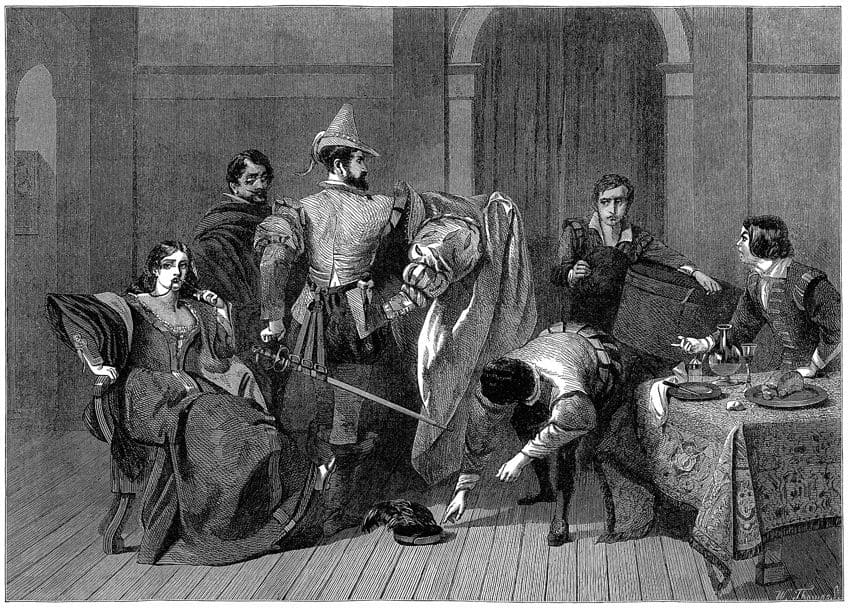
Tragedies
Tragedies are a genre that is centered on human suffering and the sad and dreadful events that a main character finds themselves in. Some of the best-known tragedies by Shakespeare are Romeo and Juliet (1597), Othello (1604), King Lear (1606), and Macbeth (1606).
These plays present dramatic and realistic impressions of human nature and disposition that are universal and timeless.
History
Many of the first plays that Shakespeare wrote were histories, such as Richard II (1595), Henry V (1599), as well as Henry VI (1589-1592) which all dramatize the devastating consequences of corrupt or weak rulers. Drama historians have interpreted these plays above as Shakespeare’s way of explaining the beginnings of the Tudor Dynasty. History plays are therefore written about historical events with characters set in the past, and may or may not be historically accurate as they are dramas meant to entertain.

Most Famous Plays and Their Themes
As we know by now, Shakespeare wrote many plays, however, there are some that have especially struck the human heart and have remained the most famous. Below, we will list some of Shakespeare’s most famous plays, as well as unpack their themes.
Much Ado About Nothing (c. 1589 – 1599)
This comedy follows the story of a woman who has been falsely accused of being unchaste, featuring themes of deception, love, the ways in which we could be conflicted in relationships, and the place of women in society and the necessity for them to marry. Count Claudio and Hero are the two characters around whom the plot is based, involving misunderstandings along the way. Hero is Claudio’s host’s daughter, and he falls in love with her. Beatrice, Hero’s cousin, is tricked into believing that the bachelor, Benedict, is in love with her, and vice versa.
A malicious plot is set to deceive Claudio into thinking that Hero is unfaithful, and he, therefore, denounces her before they wed.
As quoted by Balthasar in act two, scene three:
“Cry no more, ladies, cry no more,
Men have always been deceivers,
With one foot on a ship and one on the shore,
Never faithful to anything.
So don’t cry like that, but let them go,
And be carefree and happy,
Changing all your sad songs Into “Hey, nonny nonny.”
Sing no more laments, sing no more
Mournful tunes so sad and heavy.
Men have always been frauds
Since trees had leaves in summer.
So don’t cry like that, but let them go,
And be carefree and happy,
Changing all your sad songs
Into “Hey, nonny nonny.”

Romeo and Juliet (1597)
The ultimate love story, the play Romeo and Juliet set the stage for many subsequent tales of doomed romances. It was written early in Shakespeare’s career and is about the romance between two Italian youngsters whose families are in a feud with one another. Therefore, the themes of violence, death, and passion flow throughout the story. This situation between the two families, unfortunately, leads Romeo and Juliet to take drastic measures, which ultimately leads to sorrow and both of them taking their own lives.
Not only is this tragedy a popular favorite today, but it was one of Shakespeare’s most popular plays while he was alive.
As quoted by Friar Lawrence in act two, scene six:
“These violent delights have violent ends
And in their triumph die, like fire and powder,
Which as they kiss consume. The sweetest honey
Is loathsome in his own deliciousness
And in the taste confounds the appetite.
Therefore love moderately; long love doth so;
Too swift arrives as tardy as too slow.”
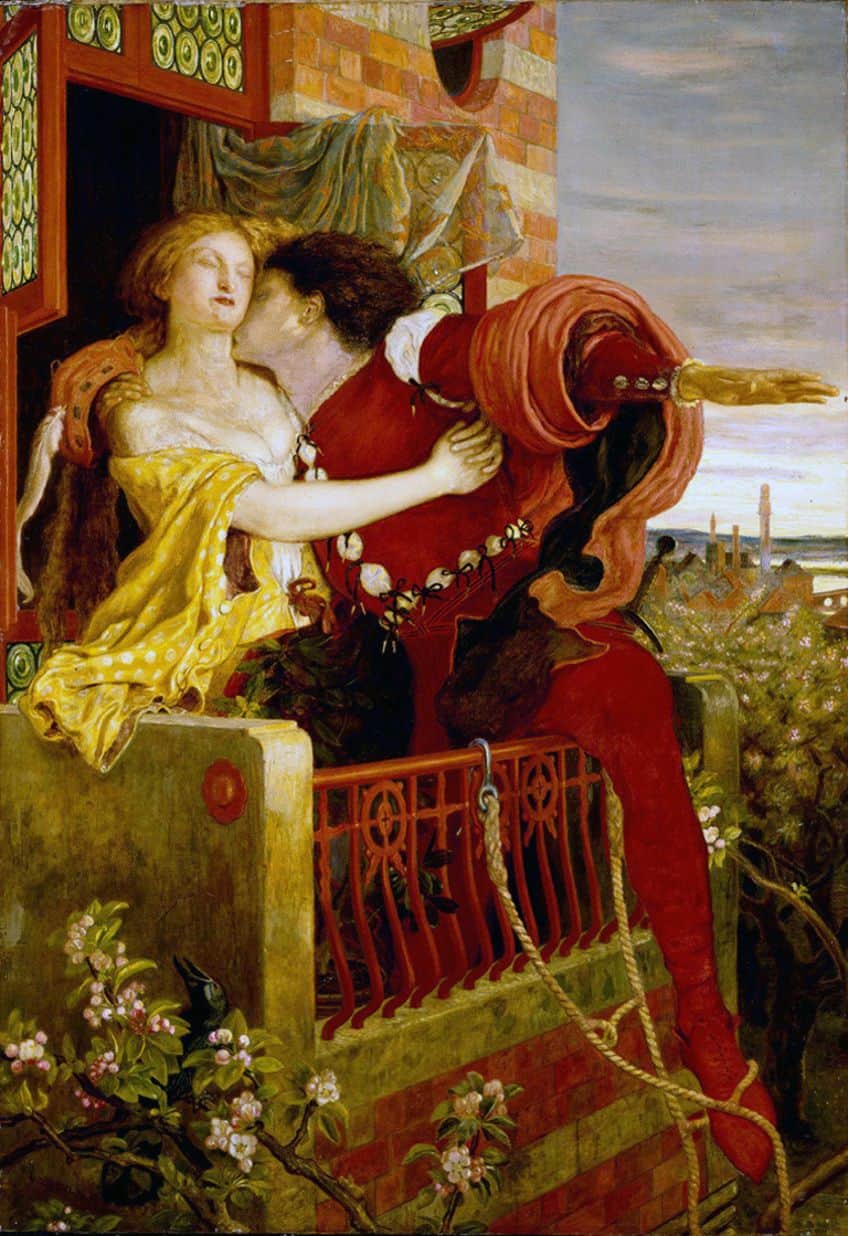
Julius Caesar (1599)
This historical play may have resonated with the audience at the time that it was produced when the Queen of England, Elizabeth I did not have a legitimate heir to the throne, which created the possibility for power struggles later down the line. The play depicts the upset in Roman politics at the time of Julies Caesar. In the play, conspirators persuade Brutus, Caesar’s friend to join in on their plot to assassinate him.
They kill Caesar on the Ides of March and are then driven out of Rome by Mark Antony who then goes to battle against them.
As quoted by Cassius in act one, scene two:
“Men at some time are masters of their fates.
The fault, dear Brutus, is not in our stars
But in ourselves, that we are underlings.”

Hamlet (1599 – 1601)
Most of us are familiar with this play which explores themes of incest, betrayal, retribution, and immorality. The twists and turns of the plot are pushed by these moral failures which tear down the hero of the story and the people he cares about. In summary, the story of Hamlet is propelled by a conversation between Hamlet and his late father, the King of Denmark’s ghost, who tells him to kill Hamlet’s uncle, the new king, to avenge his murder.
Hamlet pretends to go mad and seeks revenge, while his scared uncle also curates plots to kill Hamlet.
“Though this be madness, yet there is method in’t,” as quoted by Polonius in act two, scene two.

Othello (1604)
Othello is a powerful play centered around racism in Venice during the 16th-century and how destructive jealousy can be. Othello, the character who the play is titled after, is a Moor and he is judged by many characters in the play because of the color of his skin. The tragedy is centered around Othello and Iago, the latter of the two being angry about not being promoted by Othello, who is his General. Iago then plots revenge against Othello and manipulates him into thinking that Desdemona, his wife, is unfaithful.
The jealousy this causes leads Othello to kill his wife and then himself.
As quoted by Iago in act three, scene three:
“O, beware, my lord, of jealousy:
It is the green-eyed monster which doth mock
The meat it feeds on.”

Midsummer Night’s Dream (1605)
This exuberant comedy is a magical play about fairies that try to solve the romantic problems of four humans from Athens that run away to the forest. The fairy, Puck, makes one of the girls the focus of the two boys’ love and affection. The humans pursue each other as they run around the forest. In the meanwhile, the fairy queen is having a trick played on her by Puck to help his master.
At the end of the play, Puck reverses the enchantment set on the two Athenian couples, and they reconcile and wed.
As quoted by Hippolyta in act five, scene one:
“But all the story of the night told over,
And all their minds transfigured so together,
More witnesseth than fancy’s images
And grows to something of great constancy,
But, howsoever, strange and admirable.”

Macbeth (1605)
This play with supernatural elements and brutal murder is a thrilling tragedy about the extremes of the lust for power and guilt. Macbeth is told by three witches that he is destined to be king of Scotland. His wife encourages this upon hearing the idea, and he kills the king and replaces him. Macbeth becomes paranoid and kills more people, causing an uprising and resulting in a civil war to overthrow him.
This only results in more death.
As quoted by Angus in act five, scene two:
“Now does he feel his title
Hang loose about him, like a giant’s robe
Upon a dwarfish thief.”

King Lear (1605 – 1606)
This brutal play is filled with disasters, cruelty, nihilism, and reconciliation. The story begins with King Lear dividing his kingdom between his two daughters, Goneril and Regan, while he disinherits the third daughter, Cordelia who truly loves him but will not flatter him insincerely. The kingdom is taken over by the deceitful Goneril and Regan, who then turn on their father and cast him out. Lear slips into madness but eventually mends his relationship with Cordelia. She is hanged before Lear’s eyes before he himself dies.
This play is one of Shakespeare’s most negative works but, despite all the injustice, hope is found in Cordelia’s moral strength.
As quoted by France in act one, scene one:
“Love’s not love
When it is mingled with regards that stand
Aloof from th’ entire point.”

Shakespeare’s Influence on Literature and Language
The standardization of written English, such as spelling, grammar, and vocabulary was greatly impacted by Shakespeare’s works. Many new words were introduced into the English language by Shakespeare – 1,700 words to be exact. We continue to use many of these words today, like “frugal,” “lonely,” and “dwindle” to list a few. Not only did Shakespeare invent words, but many of the phrases we use today were originally written by him. These phrases include “good riddance,” “be all and end-all,” and “for goodness’ sake,” and many more.
For centuries, Shakespeare’s profound influence on poetry and literature has endured. The poetic blank verse was a specialty of his and it became standard. Many writers and poets have been influenced by Shakespeare, some of whom are Charles Dickens, Thomas Hardy, Alfred, Lord Tennyson, Herman Melville, and William Faulkner.
Controversies and Criticisms
Shakespeare was praised for his work during his lifetime, but he was not revered. Classical ideas were in fashion from the 1660s to the end of the 17th century, which resulted in him being rated below Ben Johnson and John Fletcher by critics at the time. However, during the 18th-century, Shakespeare received a different response from critics who praised his natural genius. By 1800, Shakespeare was revered as the national poet, and in the 18th and 19th centuries, his reputation spread overseas. His works have thrived since, even being engaged in the service of avant-garde movements. Despite the positive impact that Shakespeare’s writings have had on the world, there are a number of controversies and criticisms surrounding Shakespeare and his work. Some revolved around his authorship, and others around issues relating to discrimination towards certain cultures, religions, and sexes. We will discuss these below.

Shakespeare’s Authorship Controversy
Doubts crept in regarding his authorship during the nineteenth century, with some speculating that perhaps Shakespeare was acting as a front for another author who could not take credit for his writings publicly. The “Anti-Stratfordians” as they are called (because of the town, Stratford-upon-Avon, where Shakespeare was born and bred), doubted that someone with a humble background education and a son of a tradesman, could have written such rich, complex works. The gaps in his biographical record and the lack of original papers and manuscripts fueled their skepticism. Despite the debate, there remains no evidence of who the “real” writer could have been. A few possibilities were put forward, such as Christopher Marlowe, Sir Francis Bacon, and Edward de Vere.
Most modern scholars reject the notions put forward by the Anti-Stratfordians, citing that documentary and historical evidence is proof enough that Shakespeare wrote the plays and poems and is the real author.
In addition, no evidence has been found that shows skepticism among other writers, playwrights, and poets that lived during his time. However, although scholars accept Shakespeare as the real author of his works, recognition is increasing regarding other writers that may have contributed to the plays. During the Elizabethan era in England, writers would often collaborate to hasten the production of new plays. For example, the writing style for part one of Henry VI suggests that a group of collaborators may have written the play together, including Shakespeare and Thomas Nashe, a political satirist. At the end of Shakespeare’s career, he also adopted an apprentice named John Fletcher who helped him co-write The Two Noble Kingsmen and Henry VIII. However, this is not enough to undermine Shakespeare’s credibility.
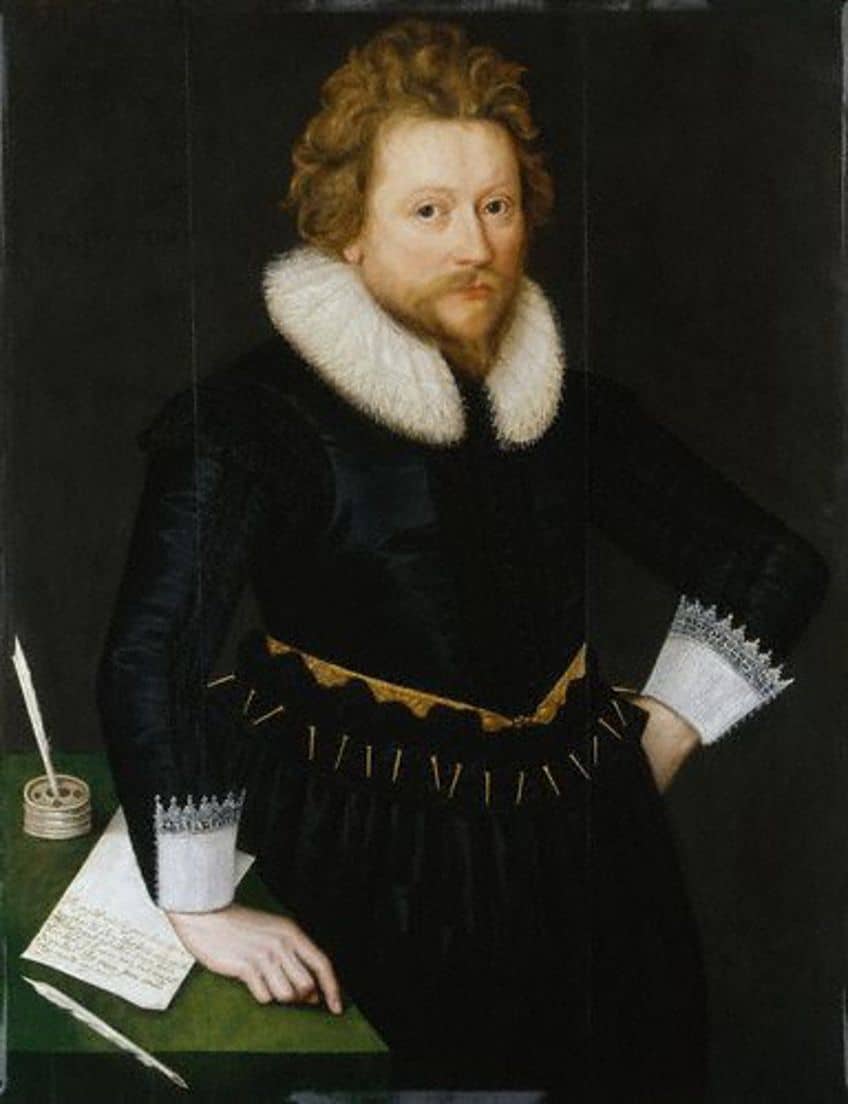
Criticisms Against Shakespeare
There has been some criticism over the years regarding the subjects of sexism and race, amongst others when it comes to Shakespeare. For example, there have been accusations of sexism against Romeo and Juliet, as well as Hamlet, where both lead female characters are pushed to desperate measures because of men. However, in general, Shakespeare’s female characters are depicted as strong, determined, intelligent, and compassionate women. The Merchant of Venice is another play that has received criticism, but for being antisemitic, and was even banned from the curriculum in an Orthodox Jewish school. What can make Shakespeare’s plays difficult to understand is that they were written 400 years ago into poetry, with language that has layered meanings.
Othello, a play that highlights race, arouses sentiments in us that are based in the 20th and 21st centuries. Some words that were once used in Shakespeare’s day to refer to people of Black African origin have become inappropriate or prohibited.
We need to remember that Shakespeare lived in a very different time to our own, with different societal rules, and Elizabethan society was his audience. It is also interesting to note that it is Shakespeare’s characters that speak to the audience, a character built from his observation of human behavior, not him. We do not know what he thinks. Therefore, these characters have various attitudes towards different subjects, which makes them all the more relatable and timeless.
Legacy of William Shakespeare
William Shakespeare’s enduring popularity is due to how relevant his work is to the modern reader, the great contributions he has made to the English language, and the way in which his work influences the way people think and act even today. Seen as the most extraordinary dramatist in history, the powerful themes that run through each of his works – fate, death, love, jealousy, power, ambition, and so on – still connect with audiences and readers as they are very human themes that stretch across time and cultures. His characters are relatable and people can identify with the emotions they experience. In addition, Shakespeare’s writing is masterful as it is filled with poetry, painting each scene in a vivid, atmospheric way that brings the characters and stories to life. His significant contribution to theater and literature is lasting, as he broadened the dramatic potential of genre, plot, characterization, and language. Romance would not have been considered a worthy topic for a tragedy were it not for Romeo and Juliet, for example.

Shakespeare in Popular Culture
Shakespeare is so famous today that his works have been included in popular culture. His plays have been made into movies, such as the romantic Romeo and Juliet (1996) with actors, Leonardo DiCaprio and Claire Danes, and Macbeth (2015) with Michael Fassbender and Marion Cotillard, to name a few. Some television series have also been based on Shakespeare’s works. Star-Crossed (2014) for example, was a science fiction adaptation of Romeo and Juliet, and Succession (2018) gave us a comedic approach to the tragedy, King Lear, while the famous Game of Thrones (2011 – 2019) is overflowing with Shakespearean themes. Another, and very surprising, television series and popular culture phenomenon that made use of Shakespeare’s works and even quoted from them is Star Trek (c. 1960s – present).
For example, Dagger Of The Mind is an episode title that was borrowed from Shakespeare for the original series, and also The Conscience Of The King.
What is evident in popular culture is how Shakespeare impacted cultural stereotypes. Many stereotypes that we see featured in books, movies, television series, and even music, are based on the most famous characters from his plays. Lady Macbeth, Hamlet, Romeo, and Juliet have each given us character templates and represent certain kinds of people. Hamlet is indecisive and caught between morals, Lady Macbeth is unrelenting and ambitious, while Romeo’s romantic passionate love is true until death. Many romantic comedies feature an enamored and persistent lover who would do anything for the one they love. The movie Titanic (1997) is probably a very good example of Shakespeare’s legacy of the fated lovers doomed to be derailed by bad luck.
The Globe Theatre and Its Significance
The Globe Theatre was founded by Shakespeare and some other actors, and was built in 1599 on the Thames River, on the south bank. The first production to be shown at the Globe Theatre is thought to be Julius Caesar. The open-air theater made a good profit and was a beneficial investment. Unfortunately, during a performance of Henry VIII in the year of 1613, the theater caught a light and burned down. All theaters were banned by Puritans in 1642 and this included the Globe Theater. Two years later, it was demolished. Sam Wanamaker, an American actor, sought to bring the theater to life once more, and it was reopened in 1997. The Globe Theater has attracted more than 1.25 million visitors every year since.
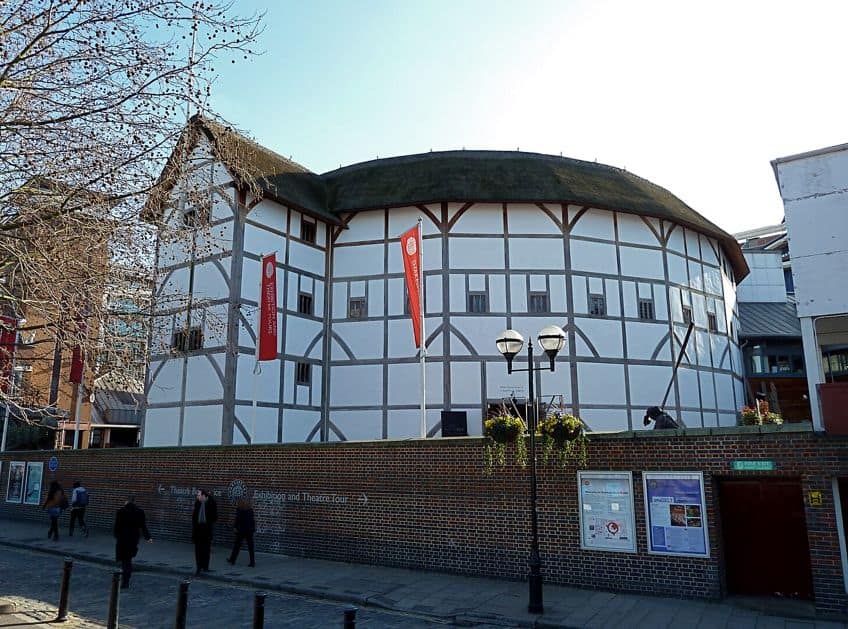
That concludes our article on the biography of William Shakespeare. We hope that you enjoyed learning about his life and contributions to the world as much as we did. We hope that this encourages you to learn more facts about William Shakespeare, and piques your interest in his plays and poetry, if it has not been piqued already!
Frequently Asked Questions
Who Was William Shakespeare?
William Shakespeare was an English poet, actor, and playwright during the Jacobean and Elizabethan periods of British theater, and his poems and plays are his lasting legacy with millions of people around the world still enjoying his writings today.
When Was William Shakespeare Born?
He was born on the 26th of April and was baptized in England that same day in 1564 in the town of Stratford-upon-Avon, Warwickshire, and passed away there in April 1616. His father, John Shakespeare, married his mother, Mary Arden, and they had eight children together, two of whom died as infants, leaving William as the eldest.
What Was Shakespeare’s Real Name?
Gulielmus Shakespeare was the name recorded at Shakespeare’s baptism in 1564. Gulielmus is Latin and means William in English, and he was referred to as William Shakespeare by most of his contemporaries. In addition, Will was what he called himself in his poems.
Do We Know What Shakespeare Looked Like?
There is no surviving written record of William Shakespeare’s physical appearance, and there does not seem to be any evidence suggesting that a portrait was ever commissioned by him. There is the Droeshout engraving (1623), which is the frontispiece for the page of the First Folio, a collection of 36 plays written by Shakespeare. This engraving is a portrait of him that was produced by Martin Droeshout, and is one of two works that definitively depicts Shakespeare.
Jaycene-Fay Ravenscroft is a writer, poet, and creative living in South Africa with over 6 years of experience working in a contemporary art gallery. She completed her Bachelor of Arts degree, majoring in Art History and Ancient History at the University of South Africa, with additional subjects in Archaeology and Anthropology.
With a passion for learning, Jaycene-Fay is very much inspired by symbology and the connection between everything in this world. Trained to analyze and ‘critique’ art, she is passionate about exploring the meaning behind each artwork she encounters and understanding how it connects to the artist’s cultural, historical, and social background. Writing is Jaycene-Fay’s way of having a finger in every pie: to research, share knowledge, and express herself creatively.
Learn more about Jaycene-Fay Ravenscroft and the Art in Context Team.
Cite this Article
Jaycene-Fay, Ravenscroft, “William Shakespeare – A Biography of William Shakespeare.” Art in Context. July 20, 2023. URL: https://artincontext.org/william-shakespeare/
Ravenscroft, J. (2023, 20 July). William Shakespeare – A Biography of William Shakespeare. Art in Context. https://artincontext.org/william-shakespeare/
Ravenscroft, Jaycene-Fay. “William Shakespeare – A Biography of William Shakespeare.” Art in Context, July 20, 2023. https://artincontext.org/william-shakespeare/.





